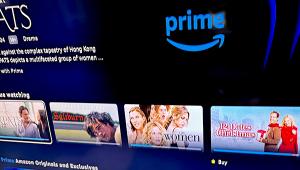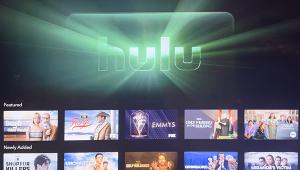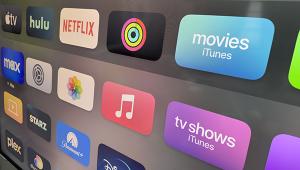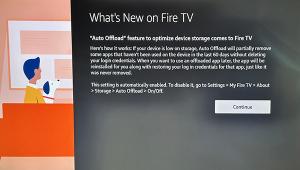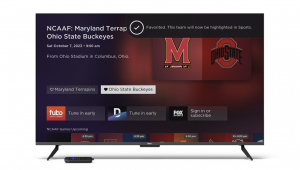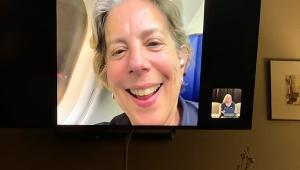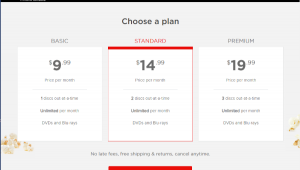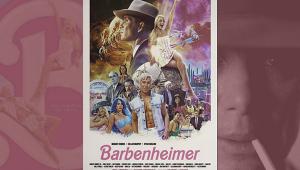For many years I have fought streaming, and the failure of Ultraviolet is part of it. Having lived through the "dot bomb" era of tech, I want to "own" my purchases. The only way to "own" media is to have a physical copy, i.e. CD or DVD. Yes I have over 1000 CD's and 200 DVD's recorded to my ReQuest. I keep it running by purchasing old servers on eBay. Internet or not, I can watch my movies. And yes I did "dump cable" this year but the reality is my bill didn't go down that much.
How Streaming Conquered the World
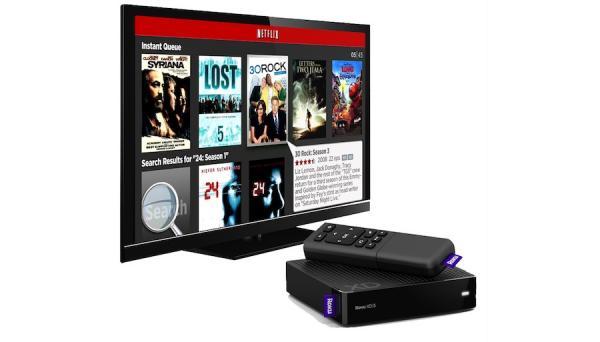
In the late 1990s, I worked at an electronics retailer. One of my co-workers talked about a day when there would be no more physical media, and all we might want to watch and listen to would be instantly accessible on the internet. I don’t know what happened to this unwitting prophet, but clearly, we are living in the world that he imagined.
Owning physical media has become the exception, not the rule, as we stream most of our entertainment to media players and smart TVs. The closing of all but one Blockbuster store on the planet is testament to the popularity of streaming.
As 2020 grows near, it’s time to reflect on the advances and changes that have created today’s experience.
Graphic Menus Made Streaming More User-Friendly
The earliest streaming devices required that users navigate folder and file trees to find the movie or music title they wanted to play. By 2011, menus displayed cover art to make it easier to browse for a title.
At the beginning of the decade, users couldn’t simply choose a Netflix title to watch on their Roku box. Movies you wanted to stream had to be chosen from the Netflix website to be available in the app’s Instant Queue.
Rows of carousel-styled cover art continued to develop, to the point where playing a title is now as easy as clicking on the movie you want.
From Personal Libraries to Subscription Streaming
In 2012, the mindset was to download movies to build a personal library. We had spent years acquiring physical media and, at first, that translated to digital media libraries. To that end, Vudu offered a Disc-to-Digital service. For a small fee, you could add a digital title to your library of a DVD or Blu-ray Disc that you owned. Titles could be downloaded or streamed from an online library.
The same year, the UltraViolet online movie locker launched. The digital movie copies were stored online and could be accessed from several apps, including Vudu, Flixster, and Apple iTunes.
Over the decade, subscription streaming services — Netflix, Hulu, Amazon Instant Video and such — broadened their offerings. It wasn’t as essential to own a title in your personal library when it was available from so many places online. Many consumers chose only to own their favorite titles to be sure they could play a movie should it be removed from a service when the licensing rights expired.
In 2019, Ultraviolet closed. Disney movies became available from Disney Movies Anywhere. Movies Anywhere took over the online locker, using an improved direct playback as well as integration with many apps.
LiveTV and DVRs Let Us Cut the Cord and Dump Cable
As the amount of online streaming content increased, the idea of “cutting the cord” and quitting cable TV became more attractive. Yet most people still want access to live TV. Boxee TV was one of the first to offer an external TV tuner that could receive over-the-air live local TV. It included DVR capabilities to record channels for a complete solution to replacing a basic cable box with a DVR.
Starting with the launch of simple.tv in 2012, network TV tuners made it possible to stream live and recorded TV to an app on many devices, both within a home network and to mobile devices. This led the way for other devices like AirTV, Tablo, and HDHomeRun. The latter is used to make live TV and DVR available in the Plex app. The Amazon Fire TV Recast is the latest of these network tuner devices. With the Recast, live TV and recordings are available alongside other streaming media offerings on Fire TVs.
It has become increasingly less important to hook up an antenna and record to a physical drive in your home as online live TV offerings abound. In 2014, DISH launched the Sling TV app that streamed basic and premium cable stations without a contract. Users could subscribe only for the months they wanted access. By 2016, Playstation Vue and AT&T’s DirecTV Now made live TV available through online streaming services. Hulu Live TV, Philo Live TV, and YouTube TV followed in 2017, giving users a choice. Unfortunately, as monthly subscription fees have climbed to match cable and satellite subscription prices, cutting the cord may be less financially attractive than we had hoped.
Streaming Service Originals Compete with Premium TV Programming
To truly compete with cable, streaming services had to offer more than just movie titles and past seasons of TV shows. Hulu led the pack when it created the original, five-minute-long The Morning After web series in 2011. But Netflix grabbed the glory when it released House of Cards in February 2013, followed by Orange Is the New Black in July of that year.
In 2015, Amazon created their own originals starting with Bosch and Man in the High Castle. In 2017, CBS All Access assured its success in streaming apps with The Good Wife spinoff The Good Fight and a new Star Trek: Discovery season.
- Log in or register to post comments





